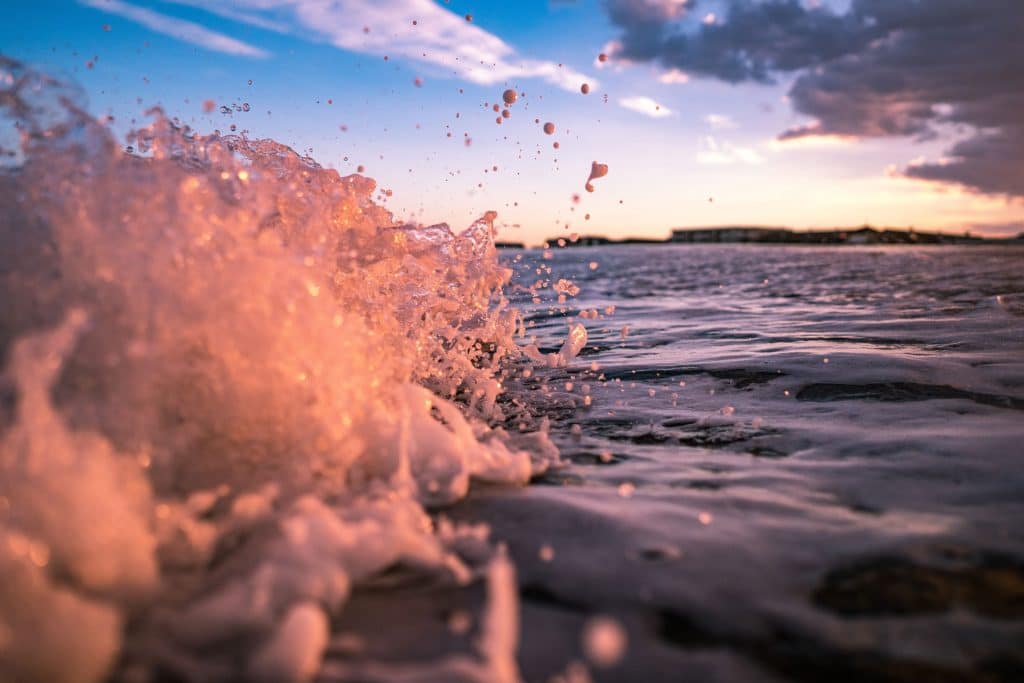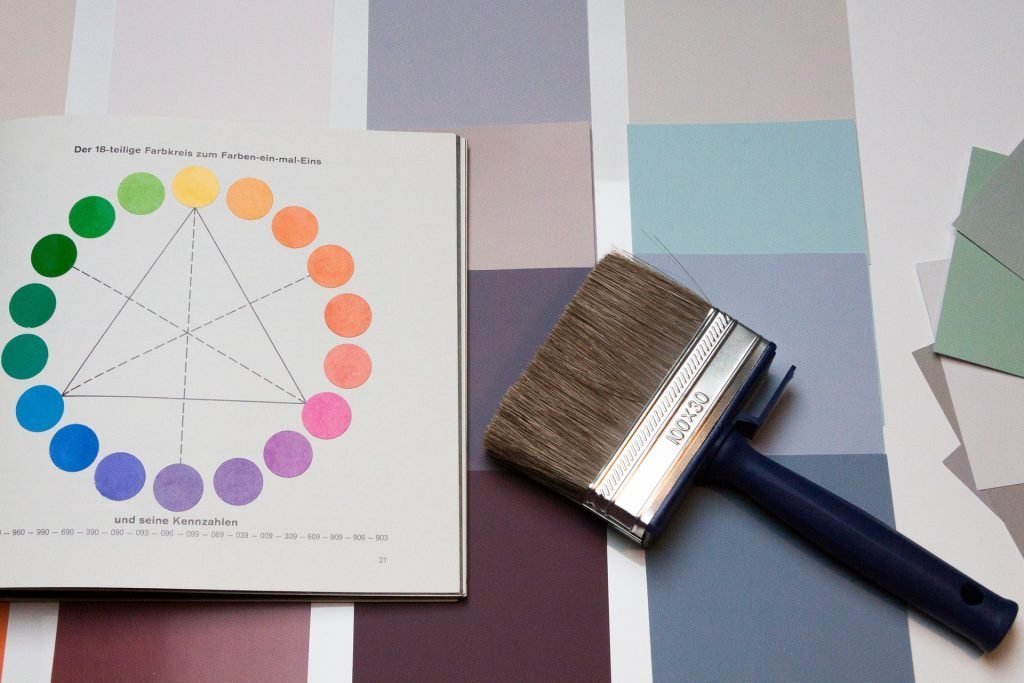I think most people would agree that the world’s seas and oceans are blue however if you’ve ever stopped to actually look at the water, you’ll quickly notice that there’s blue and there’s blue. Oh, and then there’s brown and turquoise and green and an almost black shade of blue too! The color of the sea can change daily and it’s influenced by a number of factors.
Why is the sea blue?
Without going too sciency on you, colors are typically dependent on the surface of an object. Depending on the material of an object and the surface texture, certain colors of light within the spectrum are reflected or absorbed. Water typically absorbs most colors on the spectrum however short wavelength blues and violets are reflected. As most of the time we are on or near the surface of the sea or ocean, what we see is the water reflecting back the blues and violets whilst the reds, yellows and greens continue on through the sea to the bottom interacting with water molecules along the way.
What causes the sea to change color so much?
Where you are in the world will determine much about the contents of the water you’re in. If you are just off the coast then there’s likely to be more soil and sand in the moving water which causes the light to be absorbed and reflected in various ways, depending on the material that it hits. The same is true if you’re near a river or where there’s strong tides or waves or after heavy rains. If you are in an area of heavier soils or rocks then they may sink to the bottom quicker, but lighter materials may stay suspended in the water and get swirled around much more, thereby creating a murkier color.
Tropical waters are, typically, more turquoise in colour than colder waters and this is usually due to plankton and other tiny creatures that live in the sea. Remember before, when we mentioned blue being reflected by water and other colors passing to the bottom of the ocean or being absorbed? Well algae (also known as phytoplankton), which often thrives in warmer waters, produce chlorophyll (a form of green pigment) as part of the photosynthesis process and this has a tendency to reflect green light waves so how much algae there is in the water will determine just how blue or blue-green the water is.
If we are entering a calm turquoise body of water, we are most likely to be in awe of this phenomena, which is quite rare, and if we see a sea that is black, on a cold wintery day we are most likely not going to want to go anywhere near that body of water.
The sea at night
If you’ve ever had the opportunity to swim or sail in warmer seas at night, you may have seen Mother Nature in all her glory. Seeing the water light up when disturbed by breaking waves or swimmers or a boat passing through it is usually a sign of another type of microorganism called Noctiluca Scintillans (or Night Sparkles). These creatures produce phosphorescence when they are stressed or agitated as a way of protecting themselves. By lighting up, the intention is to attract bigger fish who may come and eat whatever was about to eat the plankton and thereby saving the day.
What will the sea look like in the future?
It’s highly unlikely that the seas are going to completely change color at any time in the future however the shade of our waters is likely to change. With out water temperatures increasing, life in our seas IS struggling and some microorganisms may not be able to exist in the sea even with one or two degrees of difference. This then has a knock-on effect. If there’s no microorganisms then the animals that eat the microorganisms will suffer and numbers will die out and this could carry on up the natural food chain. With no microorganisms in the water, our seas could take on a much darker shade of blue where there’s no green visible in the slightest.





